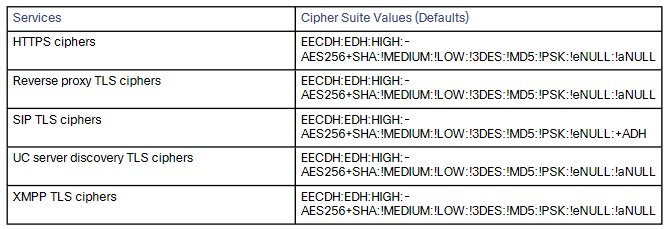
If there’s one technology topic most of us probably would have liked to leave back in 2020, it’s ransomware. Given how lucrative the technology has become, it’s doubtful cyber criminals will be open to the idea of letting it fade from headlines anytime soon. Whether they’re able to keep up last year’s pace, in which a ransomware attack occurred every 11 seconds, remains to be seen. However, it does seem a safe bet to assume ransomware tactics and tools will continue to evolve in some fashion, putting pressure on security pros and the organizations they represent to do the same.
An alert and informed user base is the most basic defense any organization can have against malware. Ensuring users at all levels know how to spot and respond to common cyber security flags will go a long way toward thwarting criminals. Even the savviest of users can still fall victim to a well-constructed or hidden scam. As such, organizations must invest in technologies that can help minimize the immediate and lasting fallout from human error.
One technology organizations should take a look at as we begin moving through 2021 is Dell EMC’s PowerProtect Cyber Recovery solution. While not new, this solution has undergone its own evolution in recent years, to further enable it to keep mission critical data out of cyber criminals’ reach.
4 ways PowerProtect Cyber Recovery can thwart ransomware attackers
Here are four features Dell EMC’s PowerProtect Cyber Recovery solution uses to make life as hard as possible for cyber criminals:
- tamper-proof backups for backups. Dell EMC PowerProtect Cyber Recovery starts by making a third copy of designated organizational data sets, one that is separate from both production files and initial backups. These files are then locked to prevent tampering – or, in the event of a ransomware attack, unauthorized encryption.
- a hardened, air-gapped data vault. Next, the solution transfers those data sets into what is essentially a bank vault for data. Dell EMC PowerProtect Cyber Recovery sequesters its copies away from the most heavily trafficked parts of an organization’s network, isolating them behind a unique set of security credentials, backed with multifactor authentication. The solution goes further by air-gapping the vault off from the rest of the environment. This architecture prevents access to the vault outside of authorized, automated data syncs or recovery scenarios.
- intelligent, responsive network monitoring. Dell EMC PowerProtect Cyber Recovery is more than simply a hardened yet passive data repository. It can, by leveraging CyberSense, also intelligently – and automatically – seek out signs of possible ransomware corruption to ensure the purity of the files housed within its vault. Using statistically-driven machine learning and full content indexing, Dell EMC PowerProtect Cyber Recovery can shine a spotlight on a threat and set the stage for remediation efforts to take place.
- hands-free restore and recovery. The final feature we want to call out is the “recovery” in the name Dell EMC PowerProtect Cyber Recovery. This solution can, when integrated with Dell EMC technologies such as PowerProtect Data Manager and Networker Cyber Recovery, as well as existing in-house procedures, execute fully-automated, right from the vault data recovery. By reducing recovery windows, Dell EMC’s PowerProtect Cyber Recovery solution can help make ransomware less of a catastrophic threat.
Next Steps: Plan for ransomware to be part of your 2021 and (sadly) beyond
Want to learn more about how Dell EMC PowerProtect Cyber Recovery can help your organization fight back against the ongoing threat posed by ransomware? Arraya can help. Our team of data center and cyber security experts can help you assess your existing environment as well as your threat exposure in order to help you build out a security strategy and architecture tuned to handle today’s advanced, persistent threats.
Reach out now to get the conversation started!
Visit https://www.arrayasolutions.com//contact-us/ to connect with our team now.
Comment on this and all of our posts on: LinkedIn, Twitter, and Facebook.
Follow us to stay up to date on our industry insights and unique IT learning opportunities.




